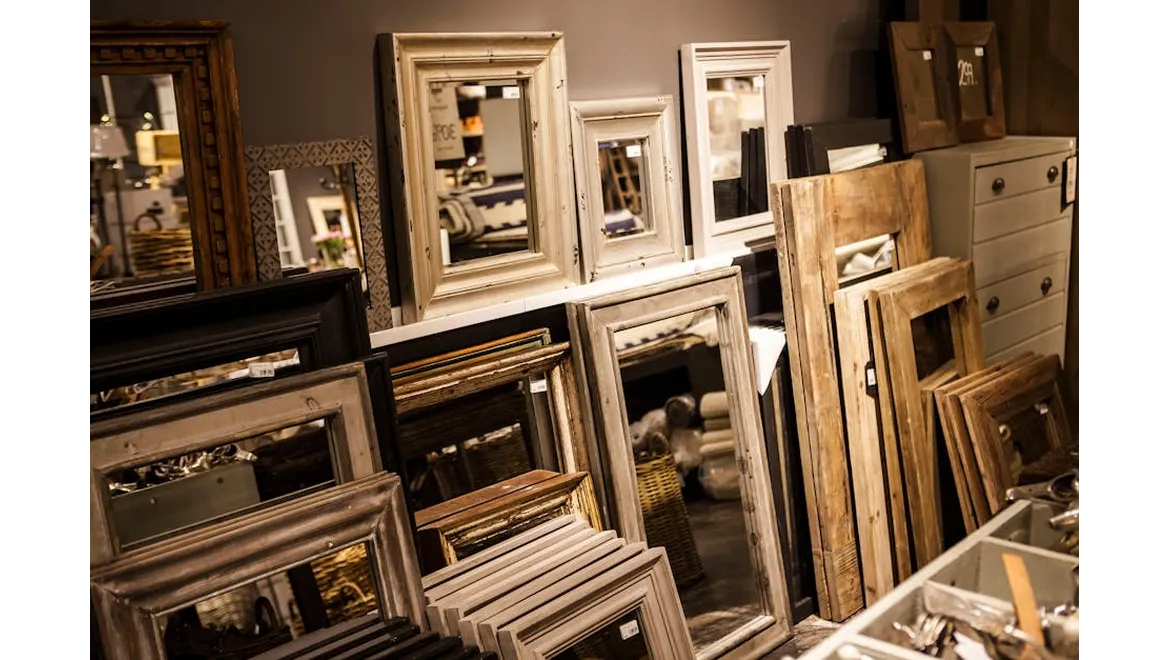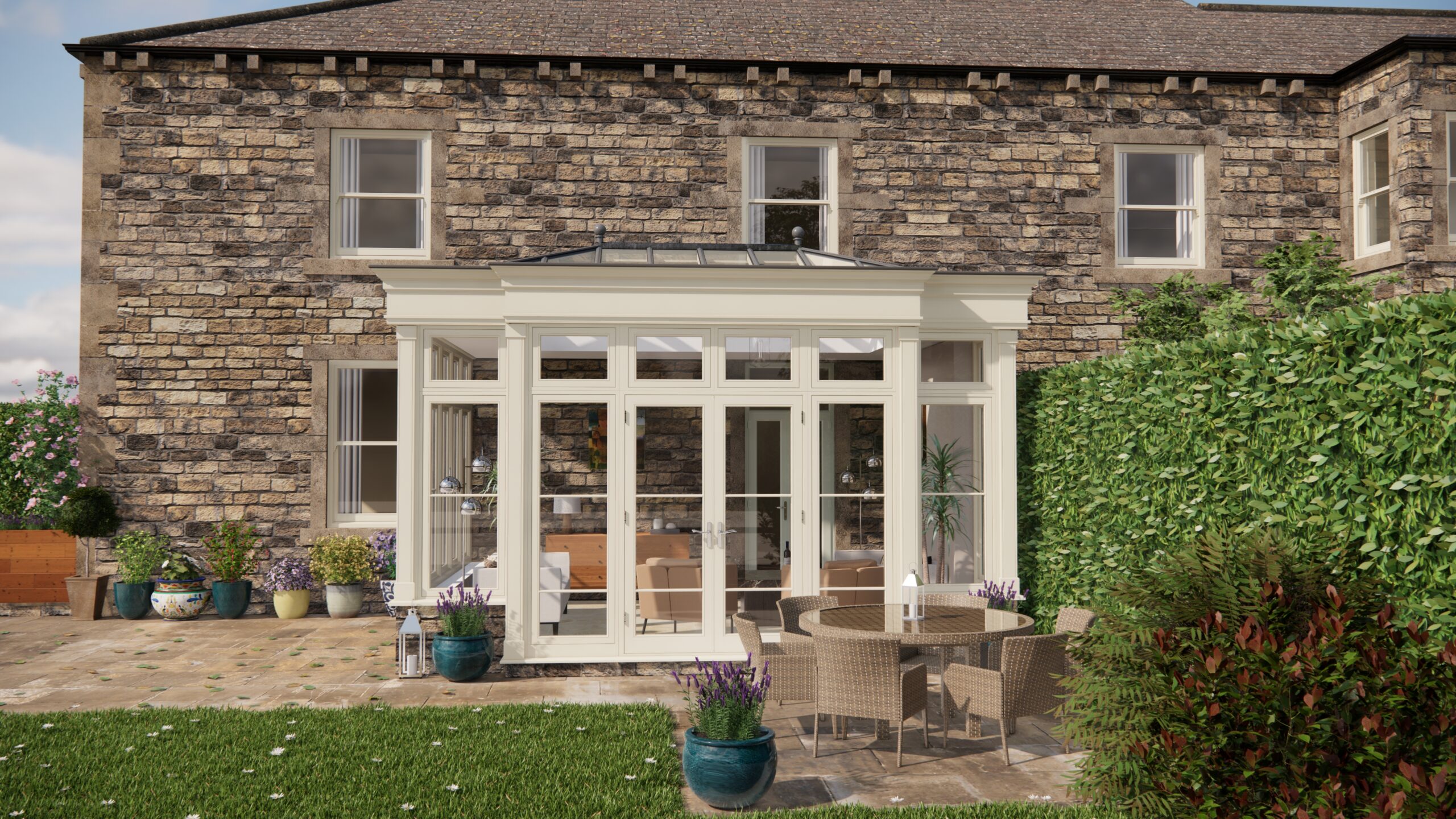The other day, I had the pleasure of sitting down with my friend, Alex, over a cup of Earl Grey to chat about their unique experience of turning their orangery into a cultural haven filled with art and collectibles. The conversation was as enlightening as it was inspiring, and it left me eager to share the insights I gathered. If you’ve ever considered transforming your orangery into a creative space, this little journey of ours might just offer the guidance you need.
Choosing the Right Pieces
Our discussion began with the most exciting part of the process: selecting the art and collectibles. Alex advised starting with pieces that hold personal significance. “Your space should tell your story,” they said, “so choose items that resonate with you.” They began with a couple of paintings inherited from their grandmother, who was an avid art collector. These not only added historical value but also a touch of nostalgia.
Next, Alex suggested mixing various forms of art. In their orangery, sculptures, photography, and paintings coexist harmoniously. “It’s about creating a dynamic visual experience,” they explained. The key is balance; too many contrasting styles can overwhelm, while too similar can bore. So, consider your space and how different pieces might interact within it.
Curating for Space and Light
The beauty of an orangery is its abundance of natural light, and Alex was keen to use this to their advantage. They recommended positioning art in areas where the light enhances rather than detracts from the pieces. For instance, they placed a glass sculpture on a table where it catches the morning sun, casting intricate shadows that change throughout the day.
Alex also stressed the importance of space. “An orangery is airy and open, so don’t overcrowd it,” they cautioned. It’s tempting to fill every nook, but leaving some areas sparse allows each piece to breathe and stand out. Use the natural architecture – columns, window frames, and open walls – to guide your placement decisions.
Displaying Collectibles with Care
Collectibles can range from vintage finds to contemporary treasures, and Alex had a fascinating array. They emphasised the need for thoughtful display techniques to avoid a cluttered look. Group similar items together, perhaps by theme or colour, to create cohesive mini-exhibits within the space.
Alex showed me a particularly charming display of antique teapots. Rather than scattering them randomly, they chose a beautiful wooden shelf that complemented the orangery’s aesthetic. “It’s like curating a little museum,” Alex laughed. They suggested rotating items periodically to keep the display fresh and interesting.
Incorporating Personal Touches
Adding a personal touch can transform a space from simply beautiful to truly meaningful. Alex included a few of their own sketches and a small sculpture they’d made in a pottery class. “It’s about making the space authentically yours,” they explained.
Additionally, Alex incorporated personal mementoes, like postcards from their travels and family photos. These items add layers to the narrative of the space, making it not just a gallery, but a reflection of life’s journey. Consider what personal elements you might weave into your own orangery.
Engaging All the Senses
Interestingly, Alex didn’t stop at visual art. They incorporated elements to engage other senses, enhancing the overall experience. Soft instrumental music played gently in the background, providing an auditory backdrop that didn’t distract from the visuals. The subtle scent of lavender wafted through the air, emanating from strategically placed sachets.
“Art isn’t just for the eyes,” Alex mused, “it should be a full sensory experience.” They suggested experimenting with different elements to find what works best for your space, ensuring it remains a place of enjoyment and relaxation.
Bringing it All Together
As we wrapped up our chat, I marvelled at how Alex’s orangery had evolved into a vibrant cultural corner that was uniquely theirs. The transformation wasn’t just about aesthetics; it was an embodiment of their personality and journey. By carefully selecting art and collectibles, thoughtfully curating their display, and incorporating personal and sensory elements, they created a space that was both visually stunning and deeply personal.
If you’re considering a similar transformation, take inspiration from Alex’s approach. Begin with pieces that speak to you, use your space wisely, and don’t be afraid to add your personal touch. Remember, your orangery is more than just a room; it’s a canvas for your story.


